Some animals are masters of hide and seek — and we mean really good at it. These 14 rare creatures call just one U.S. state home, making them nature’s ultimate locals. You won’t find them wandering across state lines or popping up in crowded parks. Nope, they’re tucked away in secret corners, elusive and mysterious. Why are they so hard to spot? It’s a mix of secretive habits, shrinking habitats, and sometimes just plain luck. Get ready to uncover these hidden gems of the animal kingdom — the ones that make you feel like you’re stepping into a wildlife mystery every time you catch a glimpse. Prepare to be amazed by the weird, wonderful, and downright rare creatures that quietly thrive in America’s backyard, yet slip right past most eyes.
Florida Panther
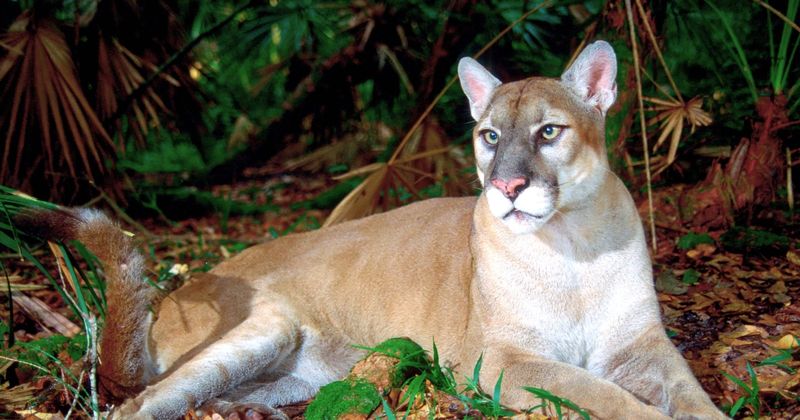
Known for its grace and power, the Florida Panther prowls the swamps and forests of southern Florida. This big cat, believed to number around 120 to 230 adults, is a subspecies of the cougar. Its dwindling population makes it one of the most endangered mammals in the world.
Panthers require large territories for hunting and are incredibly elusive, often avoiding areas inhabited by humans. Conservation efforts focus on preserving these vital habitats.
Did you know? The Florida Panther is Florida’s official state animal, symbolizing the wild heart of the state’s natural beauty.
Kirtland’s Warbler
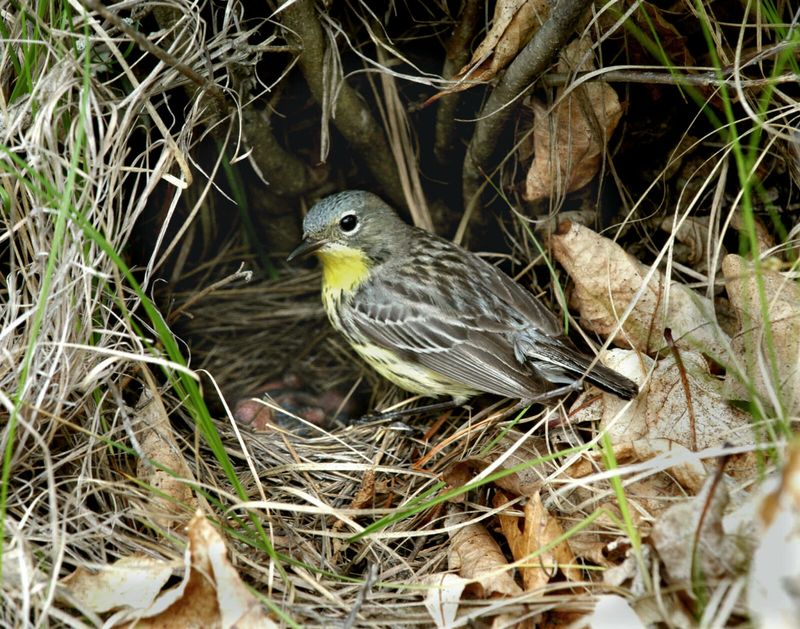
The Kirtland’s Warbler sings a melodious tune in the jack pine forests of Michigan. This tiny songbird nests exclusively in young pine trees, making its habitat incredibly rare. The Warbler’s survival is tied to specific forest management practices that maintain its nesting environment.
Efforts to protect this bird’s habitat have helped increase its population from near extinction.
A fascinating fact: Kirtland’s Warblers migrate to the Bahamas for winter, underlining their unique ecological niche as a migratory species linked to Michigan’s forests.
California Condor
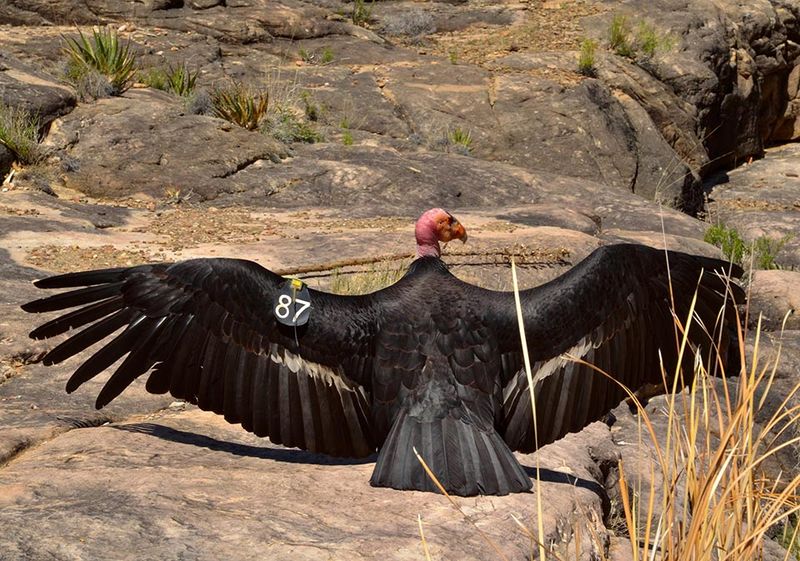
Soaring high above the Grand Canyon, the California Condor is North America’s largest flying bird. With a wingspan reaching up to 10 feet, these majestic creatures were once nearly extinct.
Thanks to intensive recovery efforts, their numbers are slowly increasing, but they remain critically endangered. Condors face threats from lead poisoning and habitat loss.
These birds are equipped with an extraordinary sense of sight, aiding in their scavenging lifestyle. Conservation efforts continue to focus on reintroducing these birds into their native habitats safely.
Red Wolf

In the wild landscapes of North Carolina, the Red Wolf prowls with a quiet intensity. Once declared extinct in the wild, successful breeding programs have reintroduced this elusive predator to its native habitat.
Red Wolves are social animals, often moving in packs. Their rarity is underscored by their status as one of the world’s most endangered canids.
A curious note: Red Wolves are often confused with coyotes, which contributes to their complex conservation challenges, including mistaken identity risks during culling efforts.
Hawaiian Monk Seal

The Hawaiian Monk Seal basks lazily on the sun-drenched beaches of Hawaii, embodying the relaxing spirit of the islands. As one of only two monk seal species left, these seals are critically endangered due to human disturbance and environmental changes.
Seals are often spotted alone, reflecting their solitary nature. Conservationists are working hard to protect their natural habitats and reduce human impact.
Interestingly, Hawaiian Monk Seals have been around for millions of years, representing a living link to the past in the vibrant Hawaiian ecosystem.
Key Deer

In the sun-dappled forests of the Florida Keys, the diminutive Key Deer navigates its unique island home. This tiny deer species, only found in this region, faces threats from habitat loss and vehicle collisions.
Key Deer are known for their gentle curiosity, often approaching humans without fear. Conservation measures focus on protecting their shrinking habitats and managing human interaction.
A quirky trivia: These deer are excellent swimmers, often spotted paddling between islands, showcasing their adaptability to their aquatic environment.
Ozark Hellbender
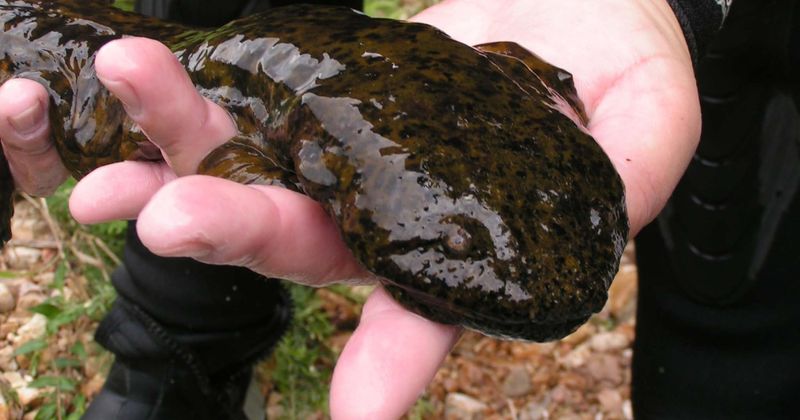
Beneath the crystal-clear streams of the Ozark Mountains, the Ozark Hellbender lurks. This giant salamander, with its distinctive skin folds, thrives in well-oxygenated waters.
Hellbenders are sensitive indicators of environmental health, and their decline signals ecological distress. Conservationists are striving to improve water quality to boost their numbers.
Did you know? Hellbenders have been nicknamed “snot otters” due to their appearance, adding a peculiar charm to these ancient amphibians.
Utah Prairie Dog
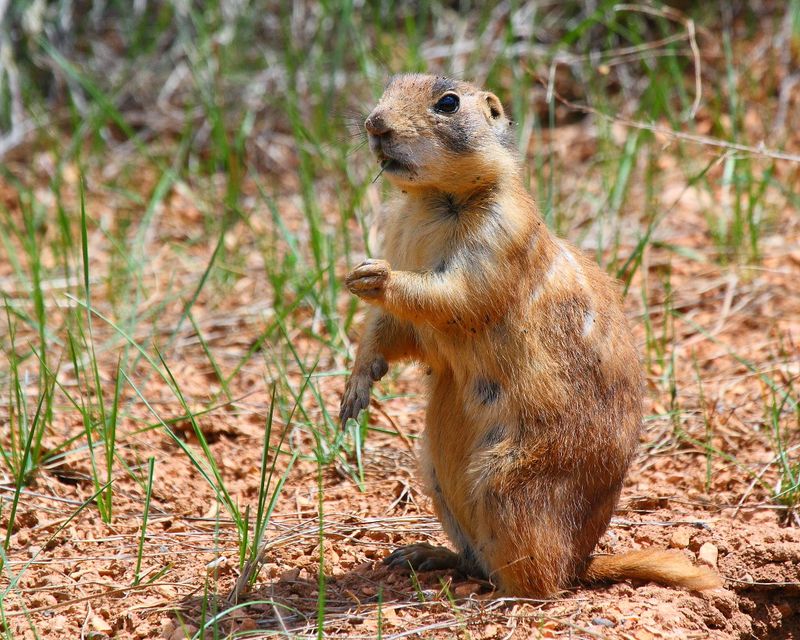
The Utah Prairie Dog pops up above its burrow in the expansive meadows of Bryce Canyon, a sight to behold. This small rodent plays a crucial role in its ecosystem, aerating the soil and serving as prey for larger predators.
Prairie Dogs face threats from habitat encroachment and disease, pressing the need for dedicated conservation strategies.
Interestingly, these creatures have a sophisticated communication system, using distinct vocalizations to warn of different types of predators, showcasing their remarkable social intelligence.
Attwater’s Prairie Chicken
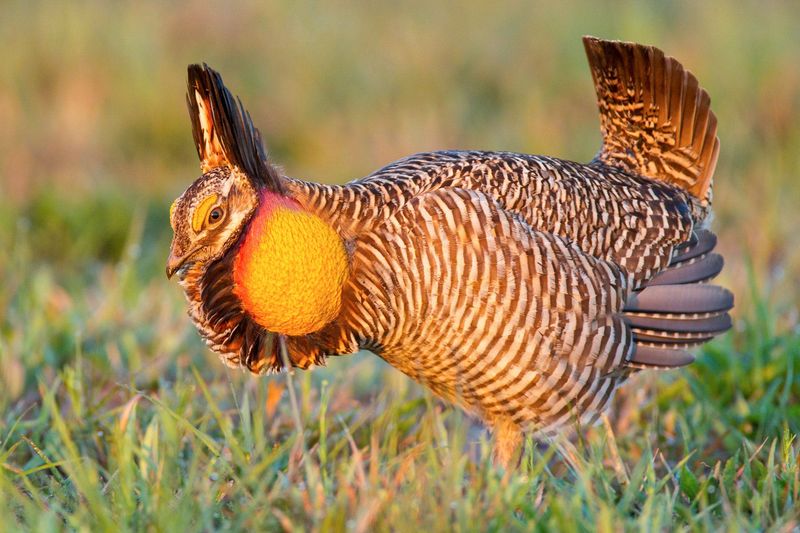
In the open prairies of Texas, the Attwater’s Prairie Chicken performs its spectacular mating dance. This bird’s intricate displays and unique booming calls are a captivating sight in the wild.
Sadly, habitat loss has reduced their numbers drastically, pushing them to the brink of extinction. Conservation projects aim to restore prairie habitats to increase their population.
A fascinating fact: These chickens were once so numerous in Texas that they were hunted for food, but now they represent a symbol of conservation urgency.
Gopher Tortoise

The Gopher Tortoise ambles through the sandy terrains of Georgia, a living testament to the state’s natural history. This keystone species digs burrows that provide shelter for numerous other creatures.
Tortoises face threats from habitat destruction and human interference. Conservationists focus on preserving their habitats and ensuring their survival.
Did you know? Gopher Tortoises have been around for millions of years, offering a glimpse into ancient ecosystems, and they continue to play a vital role in their environment.
Alabama Red-bellied Turtle
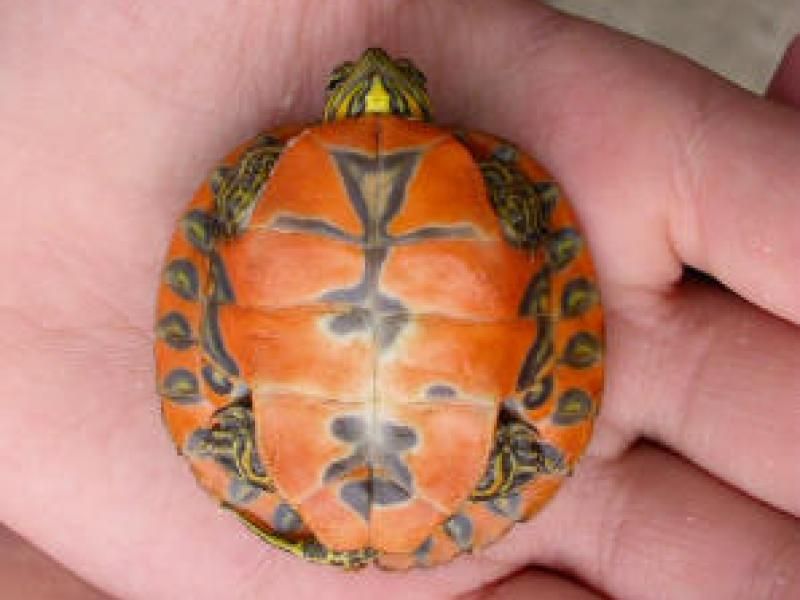
The Alabama Red-bellied Turtle basks on a sunlit log along Alabama’s riverbanks, a serene reptile with a striking appearance. Recognized by its vibrant red belly, this turtle faces threats from habitat loss and water pollution.
Efforts to protect this species focus on safeguarding their aquatic habitats and ensuring clean water access.
Interestingly, this turtle is Alabama’s official state reptile, highlighting its cultural and ecological significance in the region.
Delmarva Peninsula Fox Squirrel
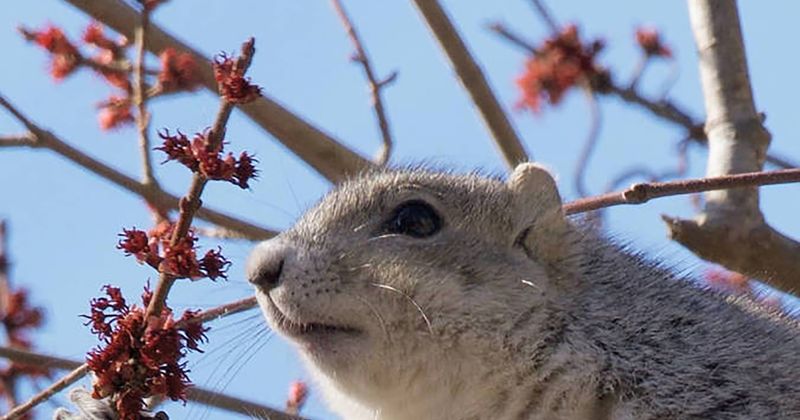
In the dense woodlands of Maryland, the Delmarva Peninsula Fox Squirrel scurries up trees with its bushy tail. This large squirrel species was once widespread but now resides primarily on the Delmarva Peninsula.
They face challenges from habitat loss, leading conservationists to focus on habitat restoration and protection.
A curious fact: These squirrels are adept at traveling across open fields, demonstrating an uncharacteristic agility uncommon in other squirrel species.
Wyoming Toad
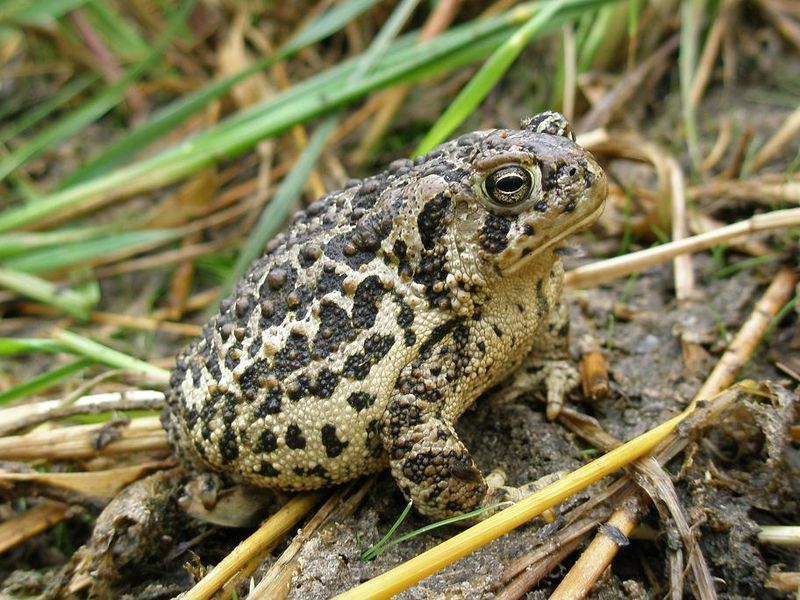
The Wyoming Toad blends seamlessly with its wetland surroundings, a testament to its unique adaptation skills. Once abundant, the species now teeters on the edge of extinction due to disease and habitat loss.
Conservationists work tirelessly to reintroduce these toads into protected areas, emphasizing the restoration of their natural habitats.
Fun fact: Wyoming Toads were declared extinct in the wild in the 1990s but have since been reintroduced through captive breeding programs.
San Joaquin Kit Fox
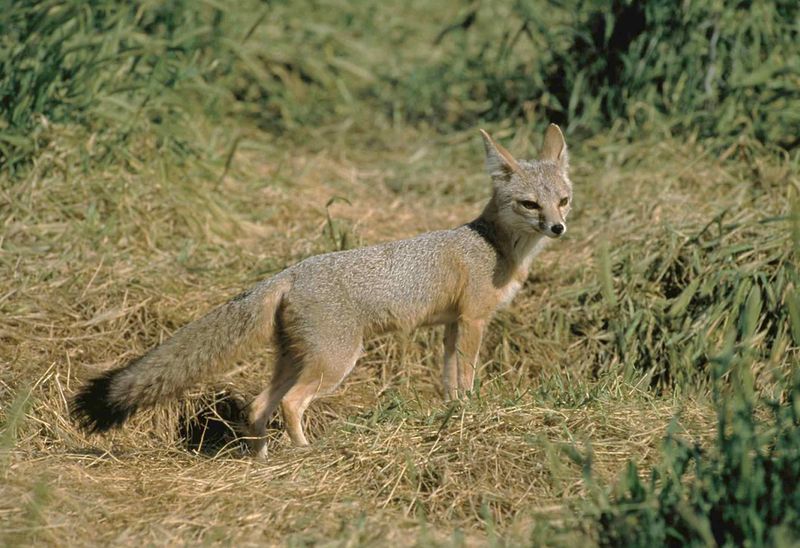
In the arid landscapes of California’s Central Valley, the San Joaquin Kit Fox emerges as dusk falls. These small foxes are known for their large ears and ability to endure harsh environments.
Their populations are declining due to agricultural expansion and habitat fragmentation, sparking conservation efforts focused on habitat preservation.
Remarkably, Kit Foxes are nocturnal, making them even harder to spot, yet their adaptability to changing environments continues to intrigue scientists.

